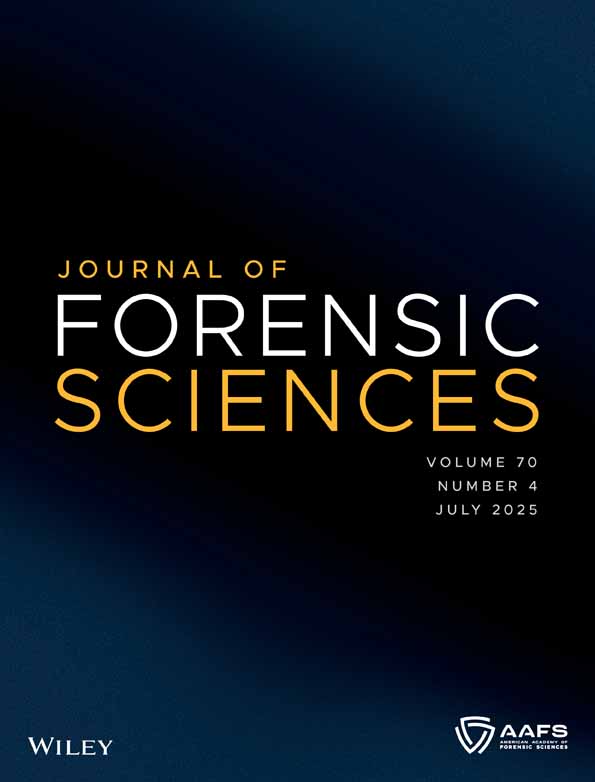Optimizing amplification threshold of low template DNA
Abstract
Forensic DNA laboratories often face challenges in processing low template DNA samples efficiently. This study aimed to optimize the criteria for amplifying low-quantity samples by considering DNA concentration, degradation factor, and biological sample type. We analyzed 155 real forensic case samples with DNA concentrations between 5 and 14.3 pg/μL using the PowerPlex® ESI 16 Fast System. Samples were categorized based on DNA concentration, degradation index, and predicted success rate. We found that 27% of profiles were informative, with higher success rates for samples with DNA concentrations above 10 pg/μL and degradation index below 3. By implementing these empirically established thresholds, laboratories can potentially reduce workload by 32% while retaining 83% of informative profiles in low template samples. This approach can help forensic laboratories balance the need for comprehensive evidence processing with resource constraints.




